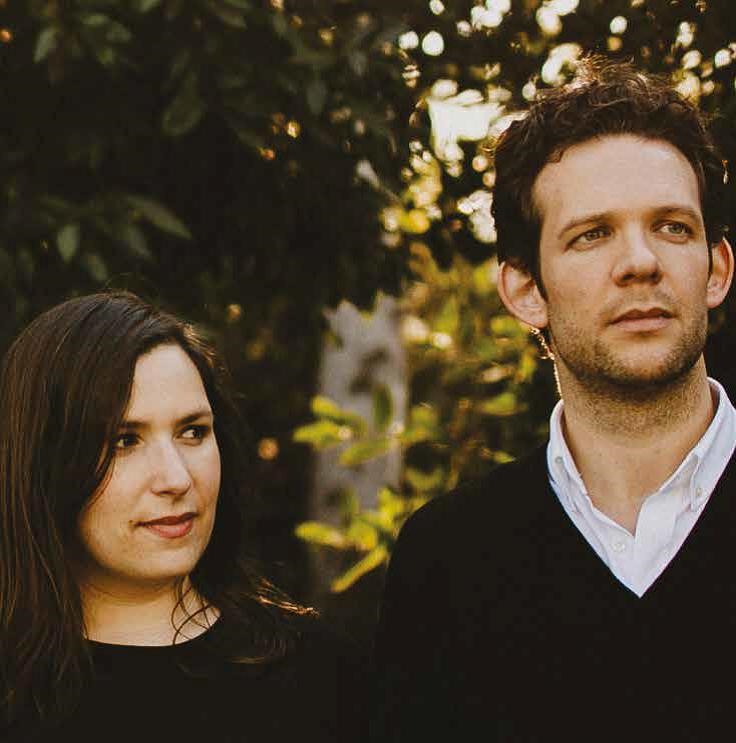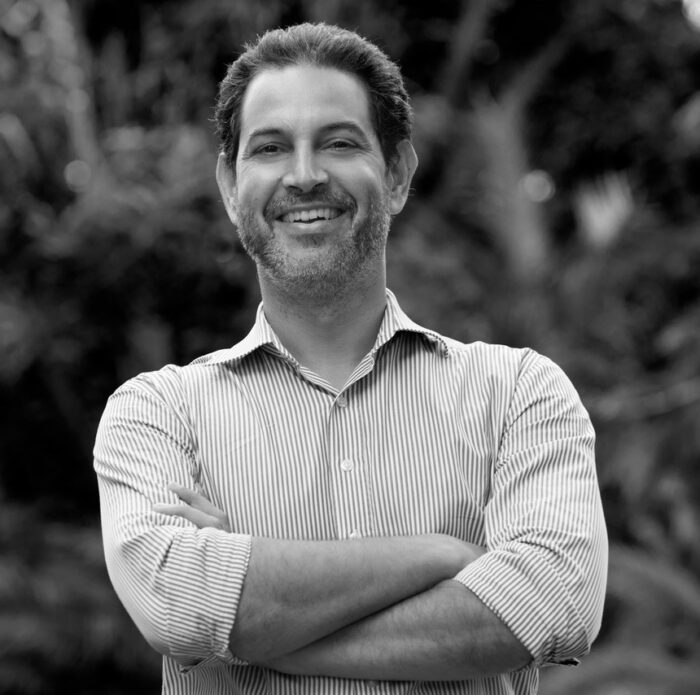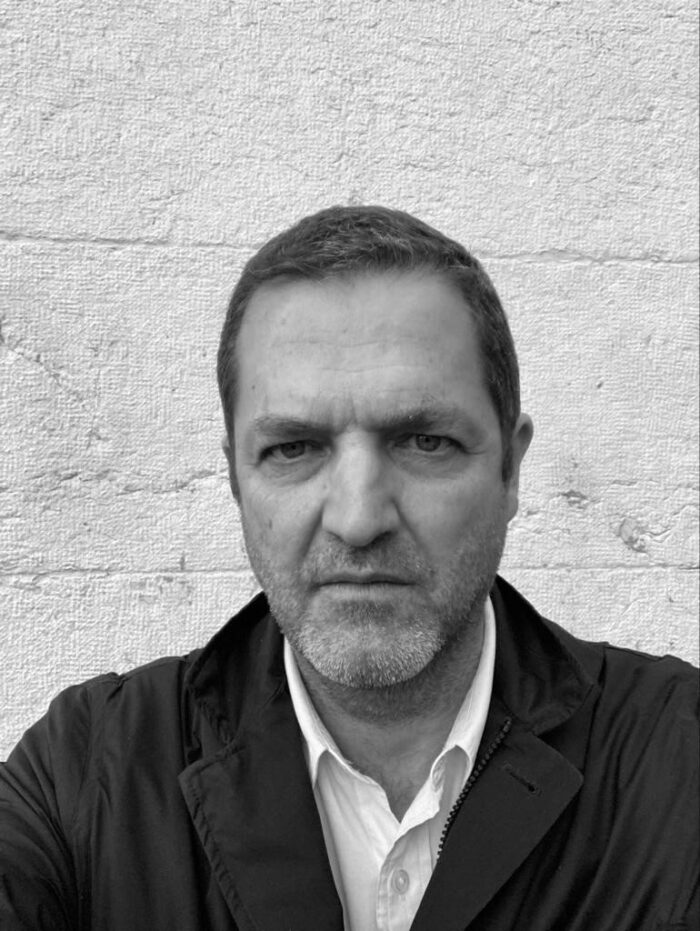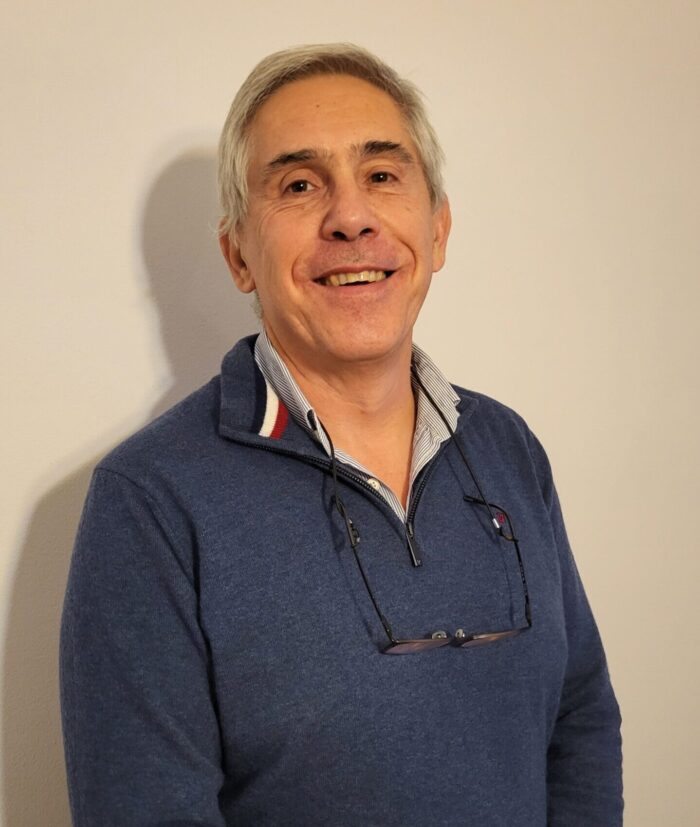A conversation with Arch. Mário Serrano e Margarida Fonseca

A conversation with Arch. Mário Serrano e Margarida Fonseca
"We try to offer a pragmatic [...] but poetic response. Poetics is superfluous, but also what elevates mere construction to art! We hope to build architecture with a big "A"'
Mário Serrano and Margarida Fonseca crossed paths in the first year at university, then did internships at different studios. What did you take away from those “schools”?
We followed the same academic path. After university, Mário went to work in Francisco Aires Mateus’ studio and Margarida went to Pedro Sousa’s studio. Although they worked in different studios, the “school” was the same, that of the architect Gonçalo Byrne, whose influence on their working methods was undeniable. Starting to work in different studios helped us to understand the real consequences of what we were designing and the different levels of communication through design: communicating for a competition is completely different from communicating for an investor client or a city council.
Between 2013 and 2018 you had international experiences in Zurich. What were the main differences?
Having the opportunity to work abroad was crucial to our professional growth. In Zurich we tried, and succeeded, to get involved and learn on a large scale and in large corporate structures. We were able to design things that we wouldn’t have been able to do in any other context. We were involved in the design and construction of the 250-apartment multi-generational collective housing building in Letzibach (Margarida at Gut & Schoep Architekten) and the UBS bank headquarters on Bahnofstrasse (Mario at EM2N Architekten), both in Zurich. Swiss architecture is incredible from a technical and execution point of view, which has been our great learning experience; from a conceptual point of view, it doesn’t invent the wheel. The balance is something halfway there.
Mário has written opinion pieces for the online magazine Exquisite and for Arq/a. How did you feel as an architecture critic?
I’ve always enjoyed writing and being abroad has helped me feel free to criticize or praise without having to pay obeisance to anyone. Nationally, I feel we have a serious problem with our relationship with critics. Knowing how to think critically is fundamental and should be encouraged from an early age in education.
You took part in the competition for the new Carcavelos Health Center, in co-authorship with two other architects. And you won 1st prize! Would you like to comment?
We’ve always run competitions with friends and colleagues. It’s always good to test partnerships, confront different points of view and find consensus. Designing with four hands isn’t easy, but it is possible, of course. It was a long and bureaucratic process. In all, it will take five years to complete the work, estimated for March 2023. We believe it will be a very interesting project, both architecturally and for the people who will use the building. We’re looking forward to seeing it finished, especially how the organic canopies and the garden, which are key elements, will turn out. The whole process has been a huge learning experience, mainly because we’ve been at the forefront of everything, from the first sketches to the work that’s now underway.
In 2018 you founded the DUOMA atelier in Lisbon. Was it an obvious partnership? Would you like to comment on your statement that “DUOMA represents the poetics of pragmatism in architecture”?
It has always been an obvious partnership. As well as being partners in our work, we are partners in life, and this generates complicity. The universe of references is similar, which makes the creative process very fluid and organic. Our identity is gradually built up, depending on the jobs and opportunities that arise. We always try to achieve a certain simplicity of concepts, where we are able to explain our projects in a sentence or an organizational principle, very rational and pragmatic. As far as we’re concerned, the clients who come to us are looking for someone to solve a practical problem for them. They don’t come to us because of our name or our CV, and even less because of our artistic flair, so our approach is to offer a highly pragmatic response to a specific problem. But we believe that if this resolution is formulated in the right way, the answer can be poetic, or even sublime. Poetics is what is superfluous, but it is also what elevates mere construction to art! We hope to build architecture with a big “A” and add another layer to the evolution of the profession.
What is your opinion about the state of contemporary architecture, legislation and sustainability?
We are delighted to see our colleagues exploring new materials, shapes and colors, without any preconceptions about breaking with the established. It’s the emergence of a new generation that will bring new ways of thinking and designing, a generation with outside experience and without the tutelary figure who defined the practices of other times. The legislation is anecdotal, unclear and sometimes contradictory. The Order should try to make licensing a simple, clear and transparent process; submitted online; and accessible for consultation by anyone. We are concerned about sustainability. We need to create alternative forms of construction. It’s not enough to put up solar panels and green roofs to appear more “eco-green-friendly”. Sustainability is also about reusing built heritage, destroying it when necessary, and building in a way that is durable and adaptable to new occupation possibilities.
This interview is part of Artes & Letras Magazine #140, April 2022
Partially automatic translation from portuguese: some expressions may differ from their actual meaning.
News & Interviews
A conversation with Arch. Dunga Rebelo
'Working in Mozambique means being involved in structuring projects and having an impact on the country's development. Opportunities are constantly changing, requiring a transformation, which is very attractive ' Read more
A conversation with Arch. João Favila
'I often say that architecture is similar to cooking. Both are about alchemy, with the right proportions and doses, with transformation and precision.' Read more
A conversation with Eng. Carlos Guerra
'From the beginning, we focussed on two main areas: the management of Works of Art and pavements. These are our most important and valuable assets. We need to have them in good condition because safety is at stake' Read more




